New Satellite for Weather Forecasting
Published on August 23rd, 2018
Named after the figure in Greek mythology that the gods appointed “keeper of the winds,” a new satellite built by the European Space Agency named Aeolus has been launched into orbit to improve our understanding of the way the wind blows.
Noted meteorologist Chris Bedford, who has a long history of working with America’s Cup and Volvo Ocean Race teams, shares with Scuttlebutt what the launch of Aeolus means for sailing.
This is an exciting development for all of meteorology. This new technology will be able to measure the vertical wind profile throughout the atmosphere – an important input into weather forecasting models.
Currently winds throughout the atmosphere are measured with a combination of weather balloons, satellite cloud/moisture tracking, surface observations (on land and at sea), fixed surface-based radars and lidars, and aircraft. The coverage is extremely limited over oceans, Third World countries where expensive data collection is not supported, and sparsely populated areas.
Many offshore sailors will be familiar with the ASCAT satellites which use radar to measure the ocean surface roughness from which the surface winds can be inferred. Aeolus is different in that it uses Lidar (similar to radar except employing lasers instead of radio waves) to measure wind throughout the atmosphere – bouncing light off aerosols and similar particles in the atmosphere and measuring the backscatter and doppler shift of the laser light.
The expectation is that Aeolus will give a much improved 3-D view of winds in the atmosphere for the time the satellite passes overhead. Meteorologists long for this type of information to better understand and predict atmospheric processes – especially in those remote, data poor areas we sailors sometimes choose to race through and explore.
However, let’s be clear though – this is not a “silver bullet”. There really aren’t many (any?) of those left in weather forecasting. This satellite represents a progression in our ability to describe the current state of the atmosphere – one of the more difficult aspects of weather modeling.
Since we don’t know what is happening everywhere in the atmosphere, weather models make assumptions to fill in the gaps between data reports. These gaps and assumptions can be sources of forecast error within the weather models. With Aeolus, those gaps and assumptions will fill in a little bit and that *should* translate to improved weather forecasts.
Time will tell the true magnitude of those improvements. I’ve been forecasting for sailors for 35 years and I’m not expecting the challenge to change much before I hang up my sling psychometer for the last time (Google it if you don’t know what that is!).


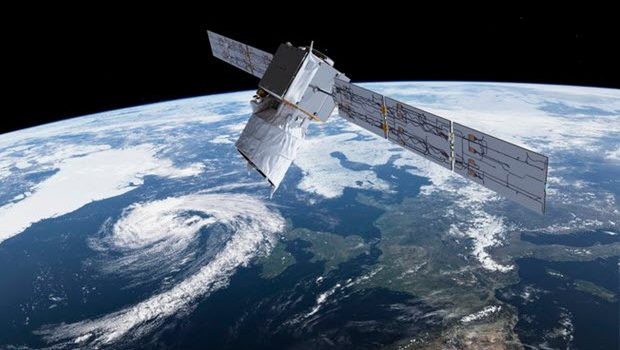


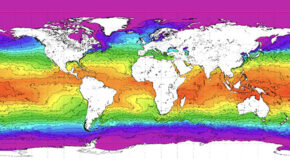
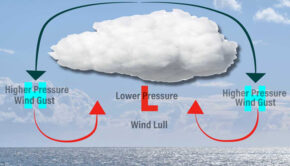
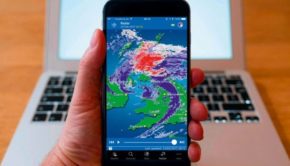
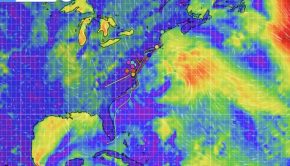
 We’ll keep your information safe.
We’ll keep your information safe.